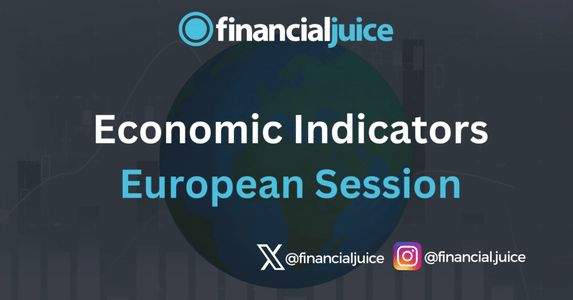
Week Ahead: Economic Indicators (EU)
Hey, Traders!
For the August 19th week, here is a list of all of the major economic indicators being released during the EU Session, with a brief synopsis of what they represent and what to possibly expect from the markets in reaction.
Tuesday 20th August
05:00 ET
Eurozone CPI Final
The harmonised index of consumer prices (HICP) is a measure of consumer prices used to calculate inflation on a consistent basis across the European Union. Changes in the index provide an estimate of inflation, as targeted by the European Central Bank (ECB). Eurostat provides statistics for the EU and Eurozone aggregates, individual member states and for the major subsectors. Over the short-term, the central bank focuses on a number of core measures which seek to strip out the most volatile components and so give a much better guide to underlying developments. Amongst these, financial markets normally concentrate upon the narrowest gauge which excludes energy, food, alcohol and tobacco.
The measure of choice in the European Monetary Union (EMU) is the harmonized index of consumer prices which has been constructed to allow cross member state comparisons. An investor who understands how inflation influences the markets will benefit over those investors that do not understand the impact. In the European Monetary Union, where monetary policy decisions rest on the ECB’s inflation target, the rate of inflation directly affects all interest rates charged to business and the consumer.
What to expect:
By tracking inflation, whether high or low, rising or falling, investors can anticipate how different types of investments will perform. Over the long run, the bond market will rally (fall) when increases in the HICP are small (large). The equity market rallies with the bond market because low inflation promises low interest rates and is good for profits.
Thursday 22nd August
03:15 – 04:30 ET
Euro Area and UK PMI (France, Germany, Eurozone)
Manufacturing
The Manufacturing Purchasing Managers’ Index (PMI) measures the activity level of purchasing managers in the manufacturing sector. A reading above 50 indicates expansion in the sector; below 50 indicates contraction. Traders watch these surveys closely as purchasing managers usually have early access to data about their company’s performance, which can be a leading indicator of overall economic performance.
Services
The Services Purchasing Managers’ Index (PMI) provides an estimate of service sector business activity for the preceding month by using information obtained from a representative sector survey incorporating transport and communication, financial intermediation, business services, personal services, computing and IT and hotels and restaurants. Results are synthesised into a single index which can range between zero and 100
Composite
The Composite PMI Index measures the activity level of purchasing managers in both sectors (manufacturing and services).
What to expect:
A reading above (below) 50 signals rising (falling) activity versus the previous month and the closer to 100 (zero) the faster is activity growing (contracting). The data are compiled by the Chartered Institute of Purchasing and Supply (CIPS) and Markit.
A higher than expected reading should be taken as positive/bullish for the GBP/EUR, while a lower than expected reading should be taken as negative/bearish for the GBP/EUR.


